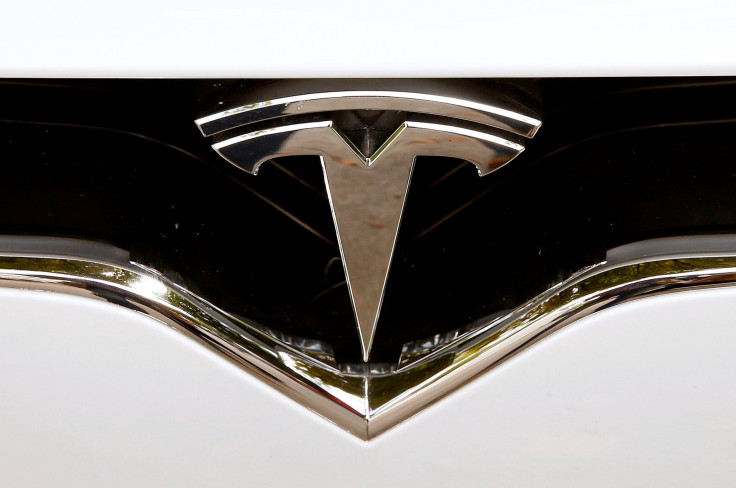Fiery Tesla Crash Sends Flaming Batteries Shooting Like Projectiles, Killing Two In World's Safest Car

When a Tesla Model S collided with a tree in downtown Indianapolis Thursday, an inferno erupted. The crash, which killed the driver and her one passenger, sent battery cells “firing off almost like projectiles around rescuers,” fire department officials told local NBC affiliate WTHR.
“It hit that tree and it bounced around and all of a sudden it just exploded,” Al Finnell, an eyewitness, told the station. “I had to accelerate my vehicle because all the car parts went up in the air and I had to accelerate just to get away from it.”
The driver, 27-year-old Casey Speckman, reportedly lost control of the vehicle while driving at a high rate of speed before smashing into the tree. The impact knocked the wheels off of the car before the batteries caught fire and exploded. Speckman died at the scene while her passenger, 44-year-old Kevin McCarthy, died at the hospital.
One eyewitness recorded the inferno below.
Lithium-ion battery cell fires are tough to put out, Indiana Fire Trucks Battalion Chief Kevin Jones said. While high-speed impacts can cause most any car to erupt in flames, the battery cells require a lot of water to extinguish. The department had trained for those sorts of collisions recently by reviewing emergency response guides from Tesla and other automakers.
“With any vehicle collision, regardless of its... power... be it gasoline or hybrid or pure electric like the Tesla is, you have the potential for violent collision and all that damage,” Jones said in a press conference. “That’s not unique to the accident last night.”
Thursday’s crash withstanding, the Tesla Model S isn’t known for being unsafe. When the car was first hitting the market, Tesla announced that the vehicle had achieved the highest National Highway Traffic Safety Administration rating of any tested car in history. That included five stars in every possible category, a feat achieved by just 1 percent of cars, and the record for the lowest likelihood of passenger injury.
© Copyright IBTimes 2025. All rights reserved.






















